News
What Are Low Voltage Gloves? Key Criteria for Choosing
In electrical work environments, low voltage gloves play a crucial role in protecting workers from electrical shock hazards when handling or coming into contact with low-voltage power systems. So, what exactly are low voltage gloves, and what criteria should be used to ensure the selected products meet safety standards? Let’s explore the answers with Lapro in the article below.
What are low voltage gloves?
Low voltage gloves are a vital category of personal protective equipment (PPE), designed to safeguard workers from electric shock hazards when handling low-voltage power systems, typically below 1,000 volts (1 kV). Standard product lines include 380V low voltage gloves, 1,000V electrical safety gloves, and advanced options such as Double-layer rubber coated gloves, which deliver enhanced durability and protection in demanding environments. These gloves are widely applied in residential wiring, industrial electrical maintenance, electrical panel systems, and compact substations.
Manufactured from natural or synthetic rubber, low voltage insulated gloves provide excellent elasticity and serve as a dependable dielectric barrier, preventing electric current from passing through the human body when contacting live conductors. To ensure compliance and safety, dielectric gloves for electricians must adhere to international standards such as IEC 60903:2002, ASTM D120, or TCVN 5586:1991, with periodic dielectric testing to verify insulation performance.
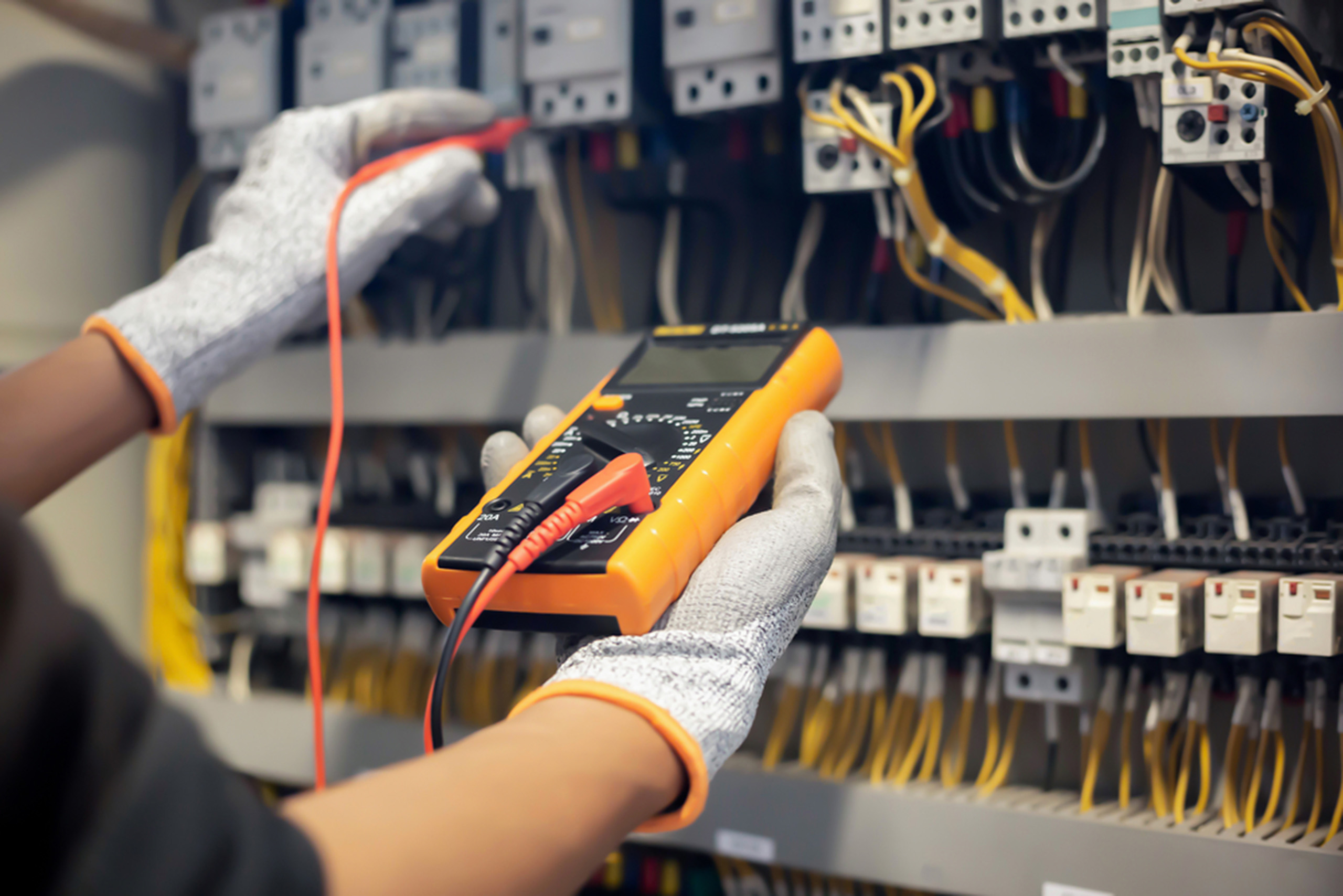
Classification of low voltage gloves by working voltage
Depending on the voltage levels encountered during operation, low voltage rubber gloves are categorized into different protection classes. Two common types include:
380V low voltage gloves
These gloves are commonly used in residential electrical systems and industrial equipment operating below 380V. They are lightweight, flexible, and easy to handle, while still providing effective insulation in low-voltage environments.
1,000V low voltage insulated gloves
Designed for tasks involving higher voltage levels, such as maintaining industrial control panels, small substations, or low-voltage distribution networks, these low voltage insulated gloves are thicker and more durable. They offer enhanced protection against sudden voltage spikes or electrical incidents, ensuring greater safety during operations.
When should workers use low voltage gloves?
Low voltage gloves are essential personal protective equipment (PPE) used when there is a risk of contact with low-voltage electrical currents. Below are common scenarios in which workers must wear these low voltage electrical gloves to ensure safety:
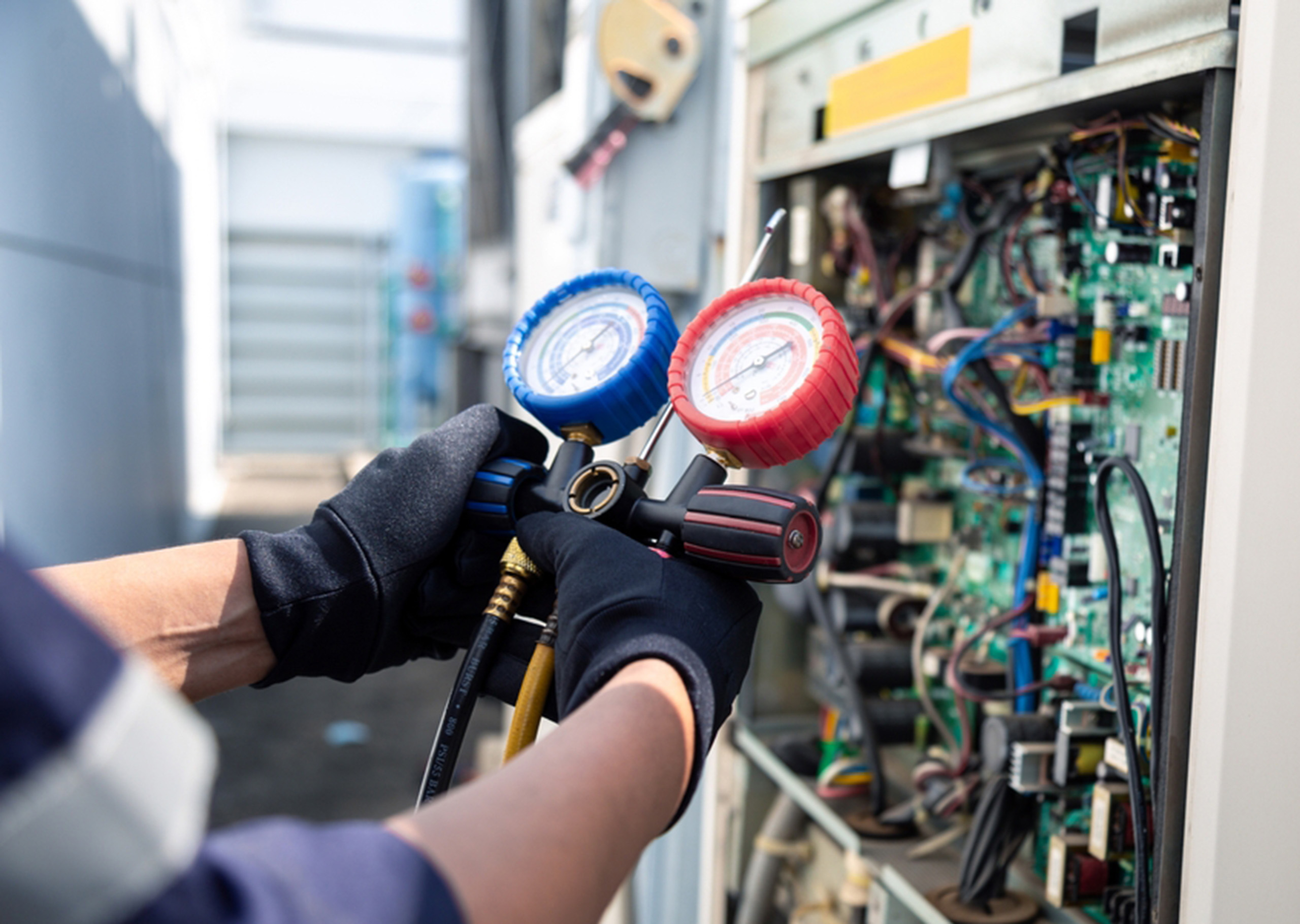
Working on residential electrical systems (220V–380V)
– Installing or repairing outlets, switches, wiring, and lighting fixtures.
– Inspecting and replacing electrical equipment in houses, buildings, or offices.
Working on industrial electrical installations
– Installing three-phase electrical systems operating at 380V to 1,000V.
– Performing electrical work on industrial control panels, low-voltage substations, and automated production lines.
Maintaining or inspecting live electrical equipment
– Conducting leakage detection, voltage measurements, or connecting circuits when power cannot be fully shut off.
– Responding to minor electrical incidents such as short circuits or small fires inside electrical cabinets.
Working in damp or high-moisture environments
– Areas near water sources, food processing plants, or other moisture-prone environments where complete insulation is required to prevent electrical leakage.
– To minimize the risk of electrical accidents, workers must use low voltage rubber gloves in strict compliance with occupational safety regulations and manufacturer guidelines.
Features and construction of low voltage gloves
Key features

Low voltage gloves offer several standout characteristics, making them essential protective equipment for electrical safety in low-voltage environments:
– High electrical insulation: Made from natural rubber or silicone, low voltage electrical gloves provide reliable insulation, effectively protecting users from electric shock during tasks involving voltages below 1,000V.
– Durable and slip-resistant: Designed with a three-layer structure, including an insulating rubber layer, an inner liner, and a robust outer surface, these gloves offer excellent mechanical strength. Their textured finish enhances grip, minimizing slippage during operation.
– Chemical and abrasion resistance:Certain models of low voltage rubber gloves are resistant to mild acids, oils, solvents, moderate heat, and abrasions, making them suitable for a variety of demanding work environments.
– Soft and flexible: These gloves provide good elasticity and flexibility, supporting both delicate tasks and prolonged use. The inner lining helps absorb sweat, ensuring comfort throughout the workday.
– Available in multiple voltage ratings: The most common options include 380V and 1,000V low voltage insulated gloves, allowing users to select the appropriate protection level based on specific job requirements.
Basic construction of low voltage rubber gloves
Low voltage rubber gloves are typically composed of several key layers to ensure electrical safety and durability in low-voltage environments:
– Insulating rubber layer: This is the most critical layer, as it comes into direct contact with the user’s hands. Its thickness depends on the rated working voltage, typically ranging from 1–2 mm. Higher voltage ratings require thicker rubber to ensure effective electrical insulation and prevent current flow.
– Outer surface layer: Designed with a lightly textured or smooth finish to improve grip and reduce slippage when handling electrical tools. This layer may be made of leather or durable synthetic fabrics such as Kevlar, providing added protection against scratches, chemicals, and mechanical abrasion, thus safeguarding the insulating layer beneath.
– Snug-fit wrist cuff: The wrist area is tightly fitted to prevent water, dust, and contaminants from entering the glove and to minimize the risk of electrical leakage through open gaps.
– Inner lining (optional by model): Some low voltage insulated gloves feature a soft inner lining that absorbs sweat, enhances breathability, and provides long-lasting comfort during extended use.
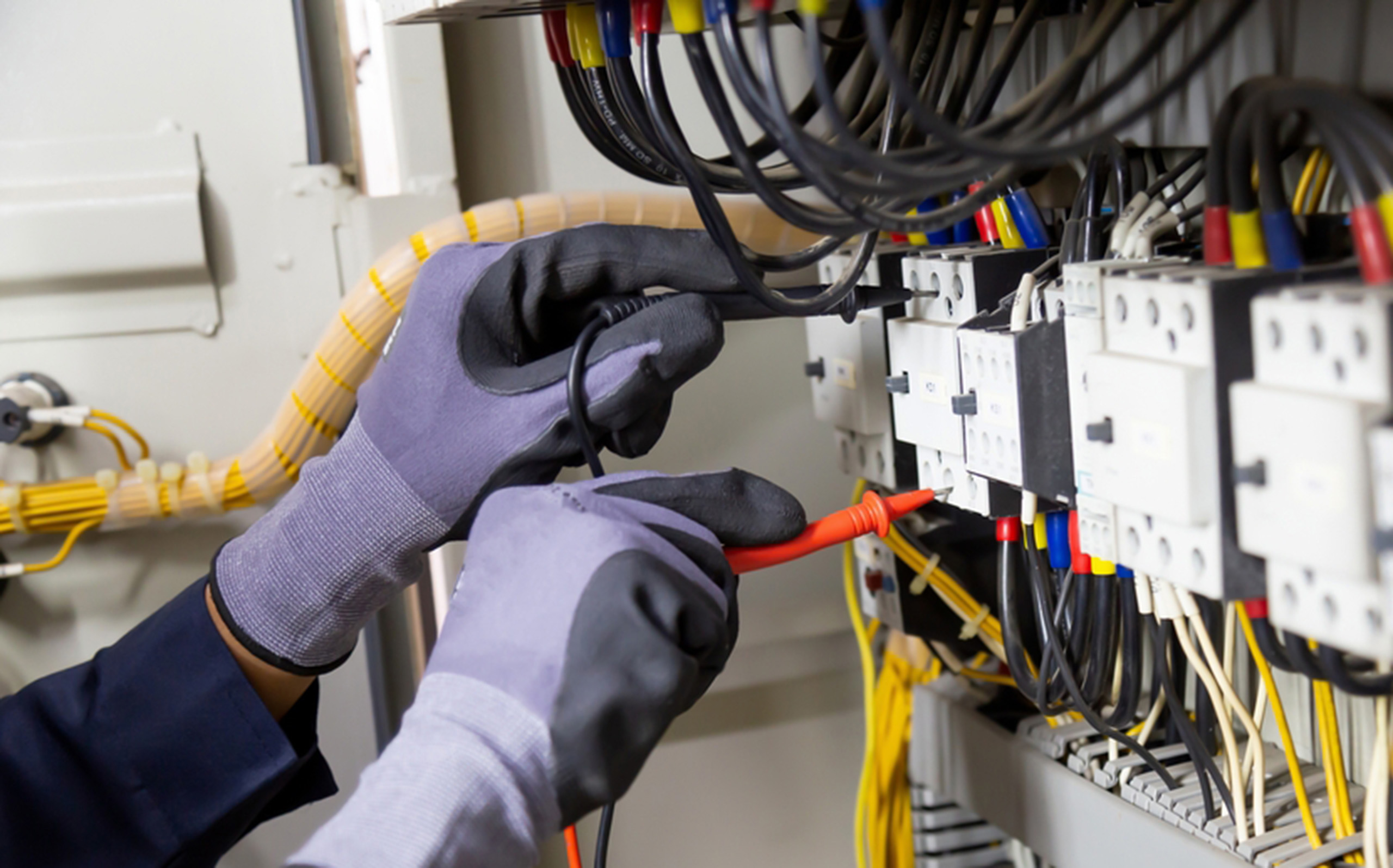
Additionally, in high-risk or demanding work environments, users can wear protective leather gloves over their low voltage electrical gloves to enhance cut and abrasion resistance. This combination provides an added layer of safety and helps extend the service life of the low voltage insulated gloves.
Key criteria for selecting standard-compliant low voltage insulated gloves
When working with low voltage electricity, selecting the right type of low voltage insulated gloves is crucial for both operational efficiency and user safety. Here are five essential factors to consider:
Suitable for the voltage level in use
Always use low voltage insulated gloves that match the actual voltage level in your working environment:
– 380V low voltage insulated gloves: suitable for residential electrical systems and light construction work.
– 1000V low voltage insulated gloves: designed for industrial settings, low-voltage substations, and manufacturing workshops.
Note: Never use gloves below their rated voltage level, as this increases the risk of electric shock.
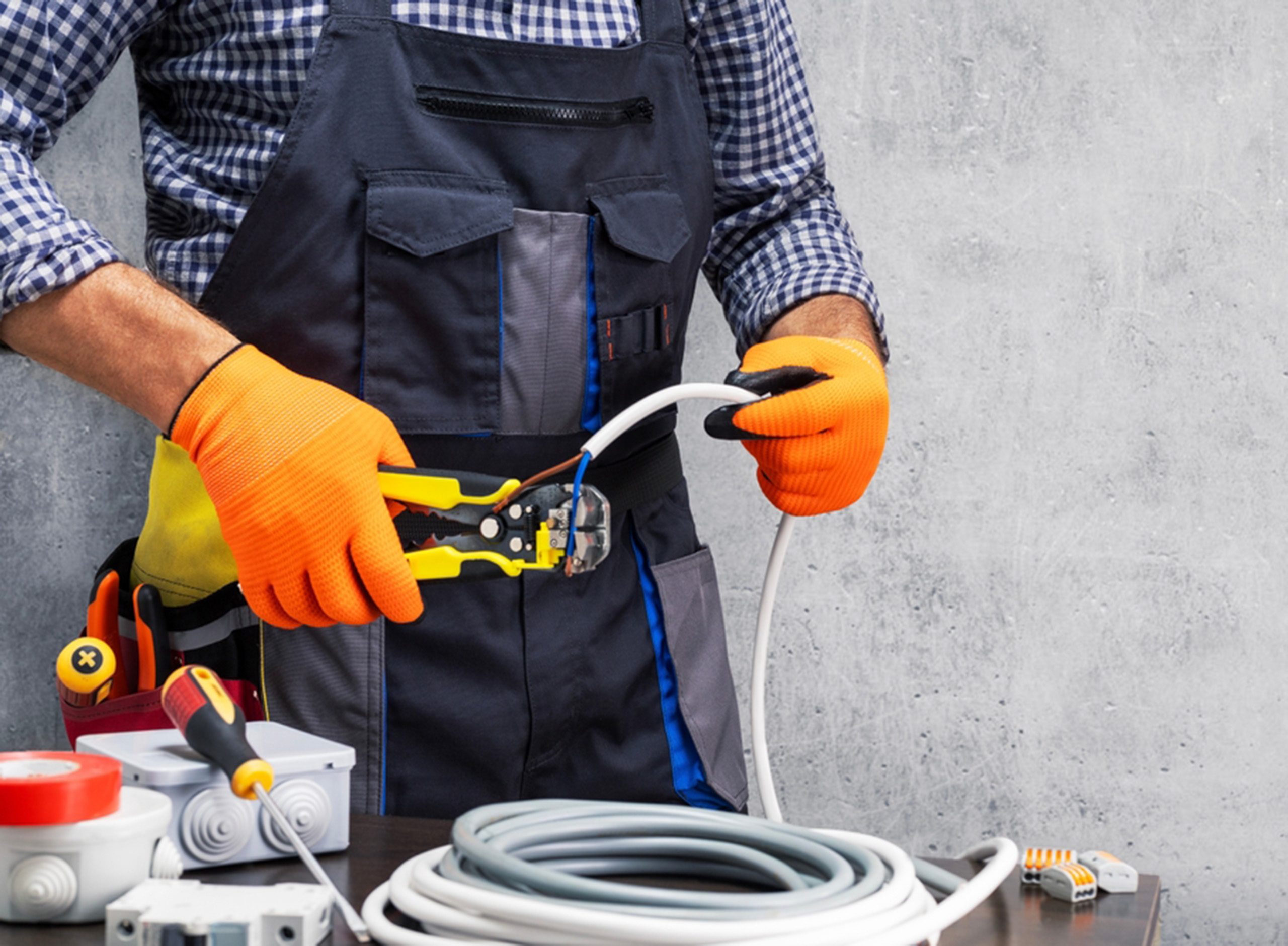
Meets certified quality standards
Select gloves that have been manufactured, inspected, and tested for electrical insulation, mechanical strength, chemical resistance, and material durability. The product should comply with internationally recognized safety standards, including:
– Low voltage standard: IEC 60903:2002
– United States standard: ASTM D120
– Vietnamese standard: TCVN 5586:1991
– European standard: EN 60903
Glove material
Made from specialized insulating material, the gloves are designed to ensure user safety:
– Natural or synthetic rubber with high elasticity, abrasion resistance, and excellent dielectric strength.
– Non-slip surface for enhanced grip and precision during electrical work.
– Skin-friendly and non-irritating materials to ensure long-term comfort and safety.
Opt for gloves made from specialized insulating materials designed to ensure maximum safety for users:
Proper glove sizing
Use gloves that fit snugly and allow for flexible hand movement to ensure smooth operation. Some models feature a soft inner lining to reduce sweating and improve comfort during extended use.
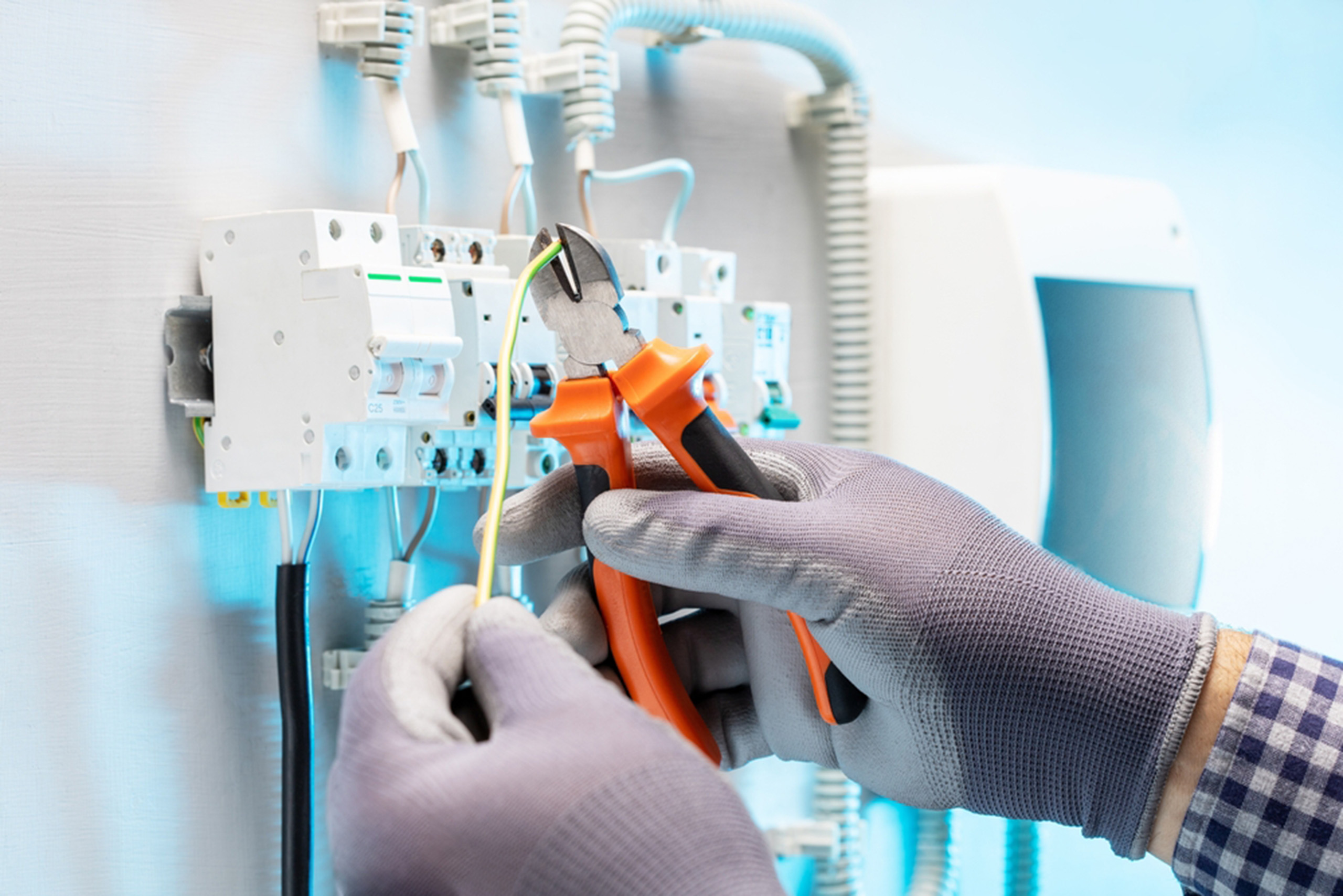
Renowned brand with a reliable supplier
Purchasing low-voltage insulating rubber gloves from reputable brands ensures product quality and user safety. Choosing authorized distributors also helps prevent the risk of counterfeit or substandard products that may pose dangers during use.
Lapro – A trusted manufacturer and supplier of low voltage gloves in Vietnam
With large-scale production capabilities, advanced technology lines, and a team of experienced engineers, Lapro proudly stands among the most reputable manufacturers and suppliers of low voltage gloves in Vietnam. Our products are designed to meet the safety and performance demands of civil electrical systems, construction sites, heavy industries, manufacturing facilities, and more.
The production process adheres strictly to international standards such as ISO 9001:2015, ISO 14001:2015, along with certifications like WRAP, WCA, ensuring effective electrical insulation, user safety, and consistent product quality through rigorous testing before delivery.
Lapro is ready to fulfill high-volume orders with superior quality and on-time delivery, meeting even the most demanding customer requirements.

Low voltage gloves play a vital role in ensuring worker safety when dealing with electrical tasks. As a brand under THACO INDUSTRIES, Lapro is committed to delivering high-quality protective gloves that meet international standards and diverse industry requirements. By choosing Lapro’s low voltage gloves, businesses can rely on a trusted safety solution that enhances productivity while minimizing occupational risks.
For consultation and support in purchasing high-quality, genuine products, please contact us via our hotline: (+84) 348 620 063.


